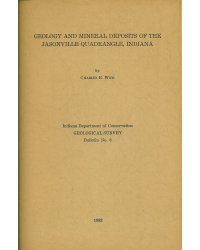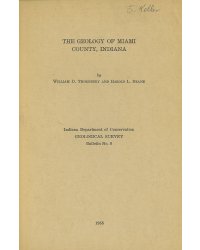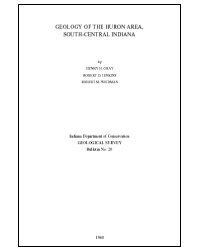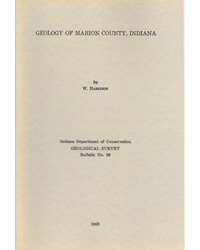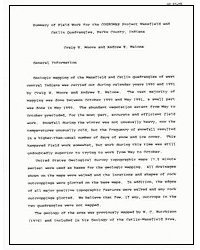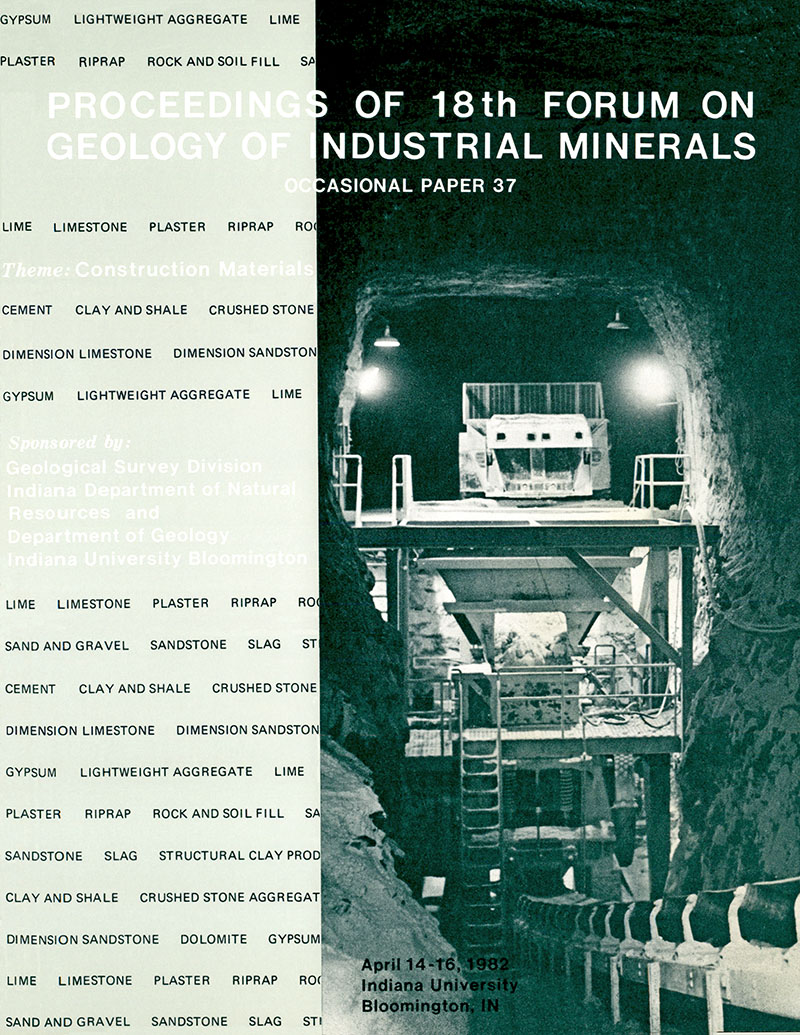This publication could also be titled “Sources of aggregates and types of highway subgrades in Indiana.” Our highways are built of aggregates cemented together with one kind or another of portland cement, bituminous materials, or resinous plastics. Often engineers want to know more about the origin, extent, and mineral composition of gravels and limestones used as aggregate. Because engineers don't have this information, they experience financial loss and frustration until they find the answers. The engineers of the Highway Commission, likewise, know better than anyone else in Indiana the various types of subgrades and the characteristic behavior of each type of aggregate on which our roads are built. But the engineers would like also to know much more about the origin, thickness, lateral extent, mineral composition, and interrelationships of the wide variety of subgrades encountered in our highway system. To answer questions of this kind, engineers and aggregate producers, in this country and abroad, are turning increasingly to geology and mineralogy, because these sciences are proving to be the most economical and dependable methods of finding new deposits and of indicating the type and size of subgrades (terranes) that will be encountered by new highways that will cross untested areas. The greatly increased use of aggregates during the past 10 years is being intensified by the demand for aggregates to build the modern heavy duty roads of this decade. These demands already are beginning to exhaust some of our present deposits. New sources of aggregates, favorably located along the proposed routes of such new superhighways, will be expensive to find and to evaluate. Since July 1947, the Indiana Geological Survey (Patton, 1949, pp. 1-47) has studied, sampled, and mapped every operating limestone quarry in Indiana (Pl. l), and also has examined nearly 3,100 gravel pits, including the 620 that are currently operating. In addition, the geological survey has analyzed each type of limestone encountered in quarries, and has collected information about the composition of Indiana’s gravels and sands. This publication discusses the geology, distribution and accessibility of Indiana limestones and gravels, and also to indicate the differences in origin of the materials that make up the several kinds of subgrades which support our roads.
Deiss, C., 1952, Geologic formations on which and with which Indiana's roads are built: Indiana Geological Survey Circular 1, 17 p., 3 figs. doi: 10.5967/4y7z-yk52
You may also like:
Keywords: geology, road, industrial minerals
Can't find what you're looking for? Feel free to contact us directly:
Indiana Geological and Water Survey
1001 E. 10th St.
Bloomington, IN 47405
812-855-7636 (phone)
812-855-2862 (fax)
IGWSinfo@indiana.edu
IGS Return Policy
- Original sales receipt required.
- Returns accepted within 30 days of purchase date.
- Refund will be issued by the same method of payment as purchased.
- Products must be returned in the same new condition as purchased.
- Refunds on custom orders and digital products are NOT allowed.
- Customers are responsible for paying shipping costs to return products.
Updated 8/19/2020




